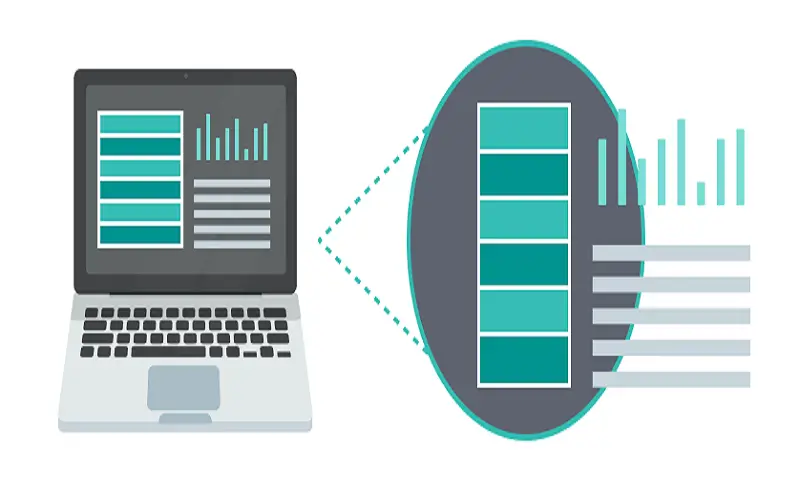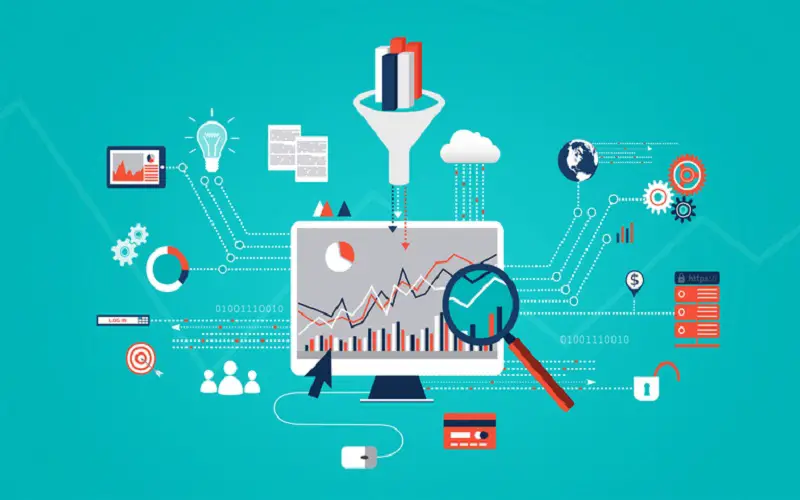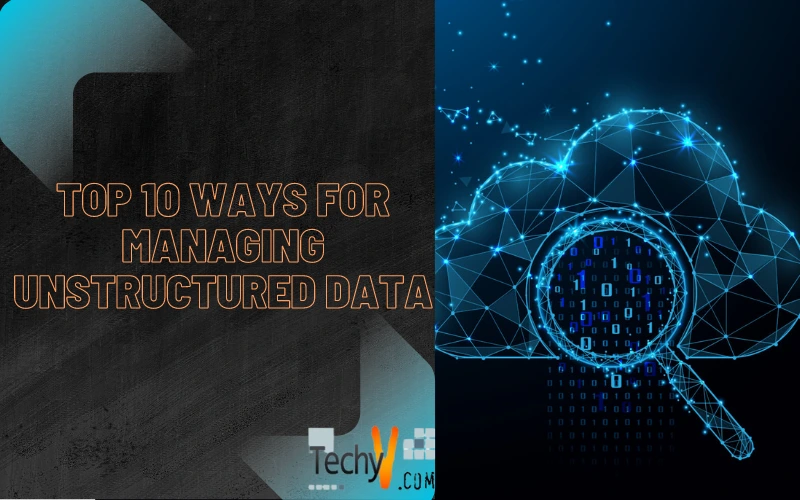Unstructured data described as data in a form that lacks a pre-established model or framework. The data comes from audio recordings, videos, photos, social media posts, and text files. The businesses have solid systems in place for handling and analyzing structured data. The blog article introduces IT teams and business leaders to the principles of unstructured data management systems.
1. Define Data Management Goals And Objectives
The purpose of data management is to guarantee the organization has access to correct information in right format and time keeping track of the data is difficult. Seven best practices prepared for handling all forms of company information to get the most out of data without clogging up IT resources or slowing down the workflow. The ultimate objective is to eliminate the necessity for human data administration and work toward the creation of a new data management approach.

2. Implement Data Governance Framework
The governance activities monitor data sets to verify that end users connect with authorized data policies. The scale and extent of the governance program are full-time and part-time employment. Data governance is a function that supports an organization’s data management strategy. An organization using this structure has an edge in gathering, safeguarding, and keeping data.

3. Utilize Data Management Tools And Technologies
Data management systems offer various advantages that aid organizations in increasing revenue and performance. They let firms save operating expenses, make data-driven choices, improve collaboration, and comply with different requirements. The data management process encompasses operations to provide correct and accessible data in business systems.

4. Organize And Catalog Data
Companies organize and catalog unstructured data to access the information. Various cloud-based content management system automates the organization, cataloging, and storage of unstructured data files, allowing users to access and explore the material. Companies explore the technique for managing unstructured data because it is simple to deploy.

5. Enrich The Data
Data enrichment increases data analysis accuracy by merging data from an organization with extra data from other sources, including external third-party sources. By upgrading the current data, businesses collect data points and make educated decisions. Enriching data and adding data gives unstructured data shape, improves dependability, and increases its value.

6. Clean The Data
Same, unreliable, obsolete, and erroneous data results in low-quality data affect the outcomes of unstructured data analysis. Companies clean their unstructured data to get the most out of the unstructured data. Data cleaning and scrubbing technologies used by businesses to remove old, redundant, erroneous, incomplete, and irrelevant data. Cleaning unstructured data makes it easier for organizations to manage the data by eliminating structural problems and typos.

7. Transformation
The advantage of unstructured data is to transform it into structured data. The effort focused on the largest and most valuable data sets that produce positive ROI. The emerging technologies use artificial intelligence and machine learning capabilities to consume unstructured data, read, categorize its content, and extract and publish the findings in a structured way. It enables to identification of data points across disparate formats and sources into structured data that used to model trends and outliers.

8. Prioritization
When managing unstructured data, email text, photographs, documents, and videos necessitate a distinct methodology and technology, and does not provide same level of benefit to the organization. Time and money spent on developing a system for absorbing reports and news feeds. A key step to a successful data management model is determining and constantly reviewing what information is critical to the organization.

9. Analyze Content With AI/ML Technology
Depending on original aims, you discover numerous ready-made solutions on the market and construct your own with a development team. If a business needs differ from the normal market expectations, it is preferable to have a specialized tool.

10. Clean Up Collected Information
Unstructured data lacks order and contains errors and additional characters that pose hurdles to AI algorithms. Hashtags, misspellings, and HTML elements removed before the analysis begin.



















